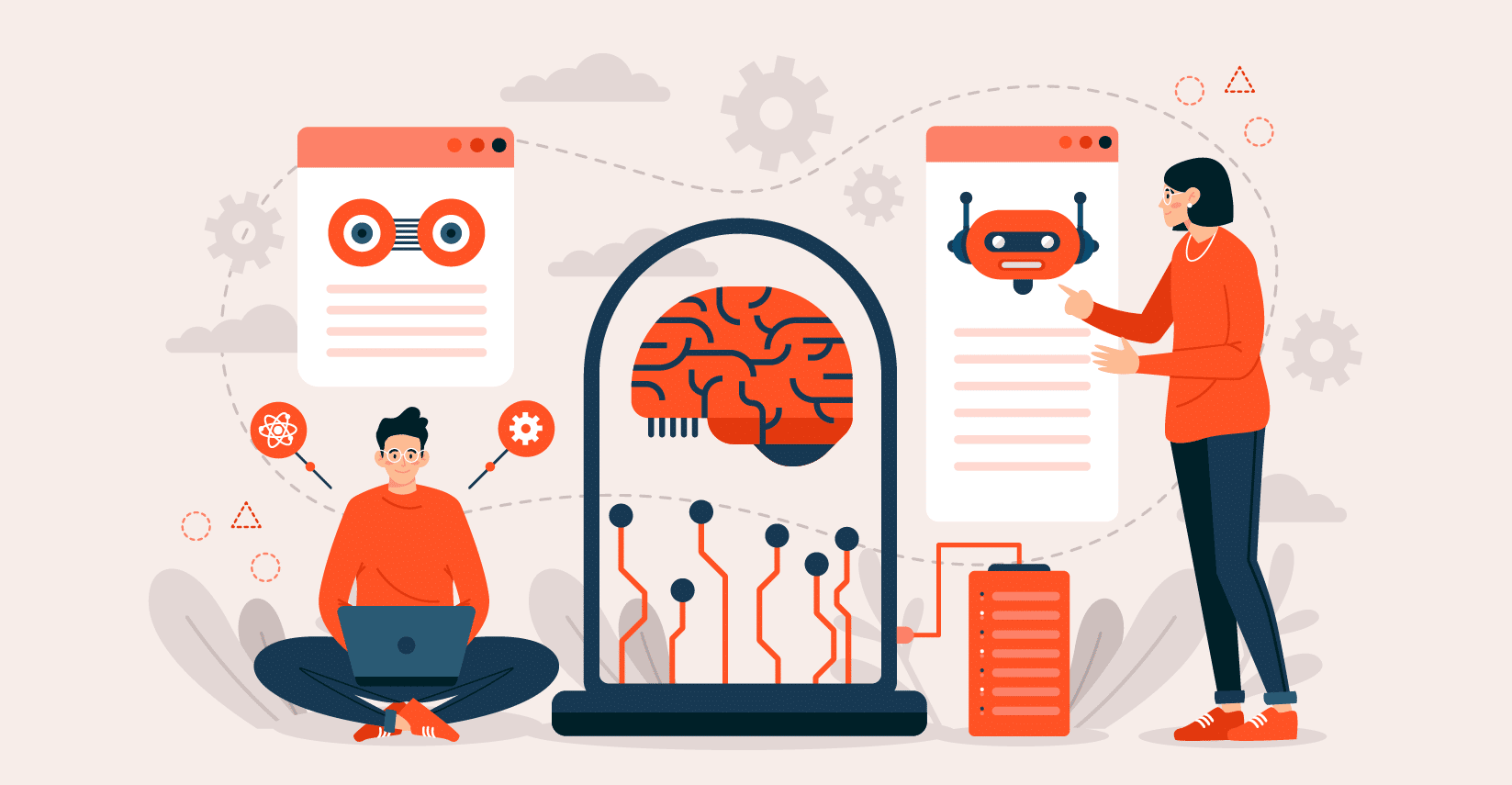The requirement for strong, accurate, and outstanding software is increasing, thus having broad, accurate, and production-like test data is critical.
Incorporating AI-driven test data creation into workflows allows developers to ensure full testing coverage without having to manage complex infrastructure.
Manual test data generation is often exhausting, error-prone, and insufficient, therefore AI can help solve this problem.
Let’s know more to gain comprehensive knowledge about it.
What is Test Data?
In software testing, test data is defined as the input values, circumstances, and scenarios used to validate and verify the product’s functionality, performance, and behavior.
This is critical since it assesses the software’s performance under various conditions and verifies that the product meets the given requirements and functionality.
Also, before you begin creating fresh data for test cases, remember that data can be both positive and negative depending on the tests. The former data type verifies the software’s expected output, whereas the latter data type validates exceptional and error-handling scenarios.
Importance of Test Data
Test data is the foundation of software testing. It denotes the inputs and conditions used to validate the features, efficiency, and security of a software program.
Without meaningful and diverse test data, it is impossible to fully analyze how an application will perform in the hands of consumers.
Typically, test data generation is a manual process, with testers creating datasets, input values, and test scenarios themselves.
However, as the complexity of software systems has expanded, so has the requirement for rapid, continuous testing. Manual test data production has become a bottleneck.
This is where AI comes in, providing a new model for test data production. AI algorithms may assess application requirements, past information, and usage trends to create test data that is both comprehensive and dynamic.
Test Data Generation With AI
AI can automate and improve the creation of test data for softwares in a variety of ways.
Data Diversity
Create various and comprehensive datasets that span a broader range of events, user behaviors, and input variants that a human could possibly imagine.
Realistic data
By understanding real-world user data, AI may generate test data that closely resembles actual user behavior and circumstances, offering a more authentic testing environment.
Edge cases and instances
AI can be trained by concentrating on edge situations or unusual scenarios which are challenging to capture with data from the real world alone.
Data Privacy
Data privacy is a primary problem in software testing, particularly when working with sensitive information.
AI can assist conceal and hide data by substituting sensitive information with plausible but fictitious data. For example, AI can replace genuine names with fictitious names, ensuring that not any real user data is disclosed during testing.
Data Synthesis
AI algorithms can generate data that closely resembles real-world circumstances. For example, if you’re testing an e-commerce website, AI can create client profiles with details like names, addresses, and purchase histories.
This synthesis data can be utilized to model various user interactions.
Data augmentation
In some circumstances, testing might call for a larger dataset than what is currently available. AI can improve existing datasets by creating more data points.
For example, if you have a collection of customer evaluations, AI can produce new reviews with different attitudes to evaluate the strength of sentiment assessment algorithms.
Best Practices for AI-driven Testing
Remember that an AI-enhanced testing environment not only promotes a culture of high-quality data but also improves the whole approach to testing across non-production contexts.
Effective Test Practices
Highlight the best practices for AI-driven test data management, such as data anonymization, data quality assessment, and regulatory compliance.
Automated Testing Processes
Demonstrate how AI-powered test data generation automates testing processes, speeds up regression testing, and ensures consistent test execution.
Ethical and Legal implications
Address the ethical and legal implications of AI-driven test data creation, including data privacy problems and industry compliance.
Bugs in production
Show how failing to consider the quality and diversity of test data can result in problems and failures in production scenarios.
Real Life Examples of Using AI in Driving Test Case
Healthcare Software Testing
Assume you’re evaluating software for a healthcare organization that handles patient records. Maintaining data privacy and security is critical.
AI can create synthesized patient records that closely mimic actual patient data, such as medical histories, diagnoses, and therapy plans.
This allows you to properly verify the software’s handling of sensitive health data while protecting patient privacy.
Ecommerce Application Testing
E-commerce application testing frequently includes scenarios such as order processing, payments, and inventory management.
AI may produce synthetic data for products, consumers, and transactions, allowing you to mimic a variety of purchasing scenarios.
This dynamic test data verifies that your app can manage a wide range of user behaviors, including browsing products and making transactions.
Conclusion
Journey through the transformational realm of test data generation and management. Using AI Techniques demonstrates that artificial intelligence is more than just a distant technology; it is a behind-the-scenes hero transforming our approach to software testing.
AI has made test data generation more intelligent, quicker, and more human-centric, adapting scenarios to eliminate possible problems before they become complexities.
This is not rather machines taking over, but about providing us a leg up to achieve new levels of efficiency and precision.
Synthetic data is establishing ecosystems for rigorous testing while maintaining privacy and realism.
Because of improved test data management, machine learning models have demonstrated their abilities in a variety of areas, including e-commerce and space research.
The uprising has been about increasing human endeavor to previously unimaginable heights, rather than overthrowing it.
From tackling security concerns with advanced masking techniques to migrating to an AI-driven era where early bug identification is routine, each step ahead reduces the difficulty of software development.














































